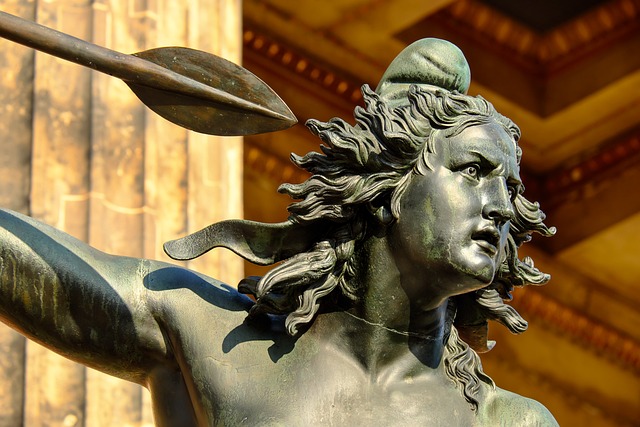The Art of Realism: Exploring the World of Realistic Sculpture
Sculpture has long been a medium through which artists capture the essence of life, emotion, and form. Among the myriad styles that have evolved, realistic sculpture stands out as a celebrated expression of the human experience. This art form goes beyond mere representation; it evokes a visceral connection to the viewer, drawing them into a dialogue with the artwork.
What is Realistic Sculpture?
At its core, realistic sculpture aims to replicate the physical world as closely as possible. Artists devote countless hours to studying anatomy, movement, and light to ensure that every curve, every muscle, and every expression is meticulously crafted. The result is a powerful visual narrative that reflects not only the external appearance but also the internal emotions of the subject.
The Emotional Resonance of Realistic Sculpture
One of the most profound aspects of realistic sculpture is its ability to evoke emotion. When you gaze upon a lifelike representation of a figure lost in thought, sorrowful, or triumphant, you can’t help but empathize with their story. This connection happens on a subconscious level; the meticulous details compel us to look closer, allowing us to feel what the sculptor felt at the time of creation.
Historical Influences on Realistic Sculpture
The fascination with realism in sculpture has roots in ancient civilizations. The Greeks and Romans were masters of this art form, crafting life-sized statues that celebrated the beauty of the human figure and immortalized great leaders and deities. Fast forward to the Renaissance, where artists like Michelangelo and Donatello pushed the boundaries of realism, embodying the ideals of humanism and naturalism.
As art movements evolved, the focus on realistic sculpture took on various nuances. The 19th century saw a resurgence in realistic techniques with artists like Auguste Rodin, whose work captured fleeting moments of human emotion and movement in ways that resonated deeply with viewers. Today, contemporary sculptors continue to experiment with and redefine realism, proving that the art form is as vital now as ever.
The Process of Creating Realistic Sculpture
Creating a realistic sculpture is no simple feat; it requires a deep understanding of materials, techniques, and the subject itself. Artists often begin with sketching to capture their vision, followed by selecting appropriate materials—be it clay, metal, or stone. Each medium has its own challenges and demands a unique approach to achieve the desired lifelike quality.
Once the initial model is crafted, the artist painstakingly fine-tunes every surface detail. This stage can take weeks, months, or even years, depending on the scale and complexity of the piece. The beauty of realism lies in this commitment to detail. Each small imperfection or nuance adds depth and character, fostering a sense of intimacy between the sculpture and its audience.
The Appeal of Realistic Sculpture in Contemporary Art
As we navigate a world increasingly dominated by digital imagery and abstraction, the allure of realistic sculpture serves as a reminder of our collective humanity. In galleries and exhibitions worldwide, these works stand as testament to our ability to portray the tangible, the believable. They invite dialogue, contemplation, and reflection, bridging the gap between the past and the present.
For both artists and admirers, realistic sculpture is not merely about replicating life; it is about celebrating it. Each piece tells a story—an invitation to share in the beauty and complexity of the human experience. So, the next time you encounter a sculpture that takes your breath away, take a moment to appreciate not just the skill involved but the profound connection it creates. Through the art of realism, we are reminded of our shared journey, reflecting our triumphs, struggles, and dreams in every carefully crafted detail.




